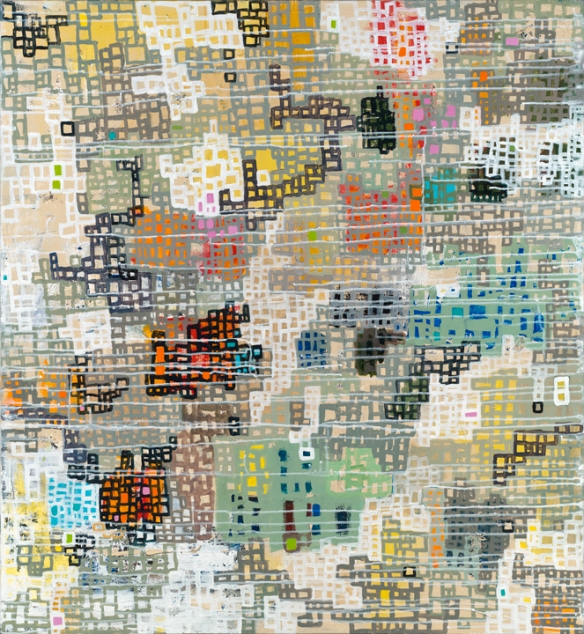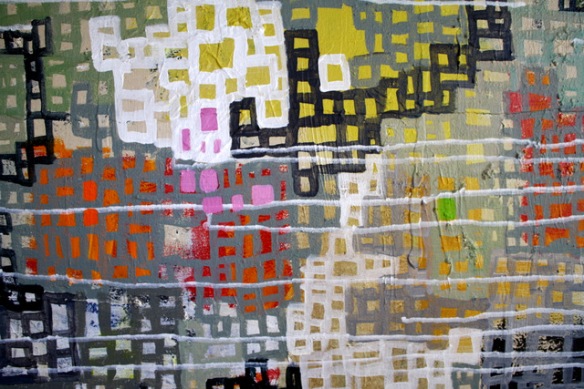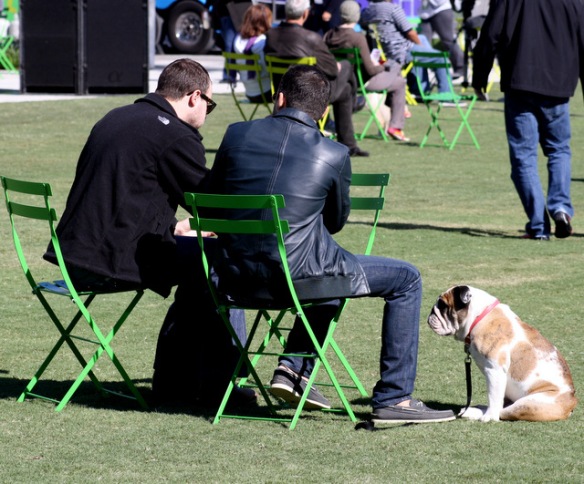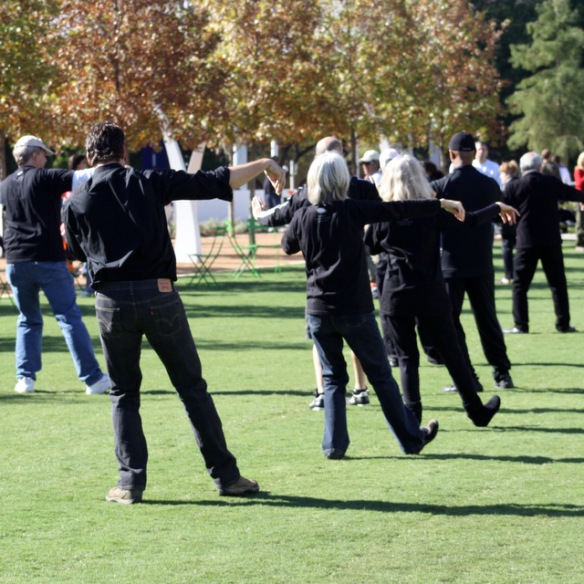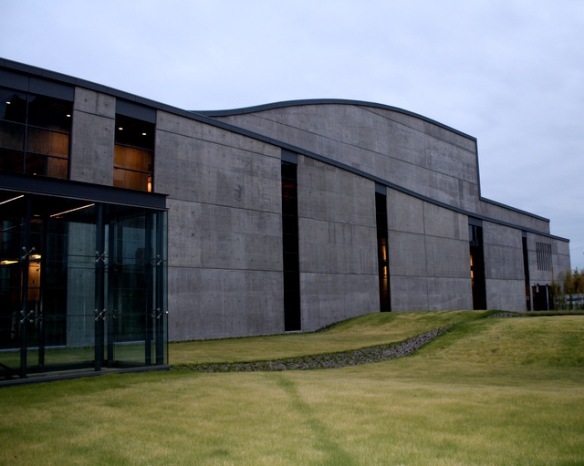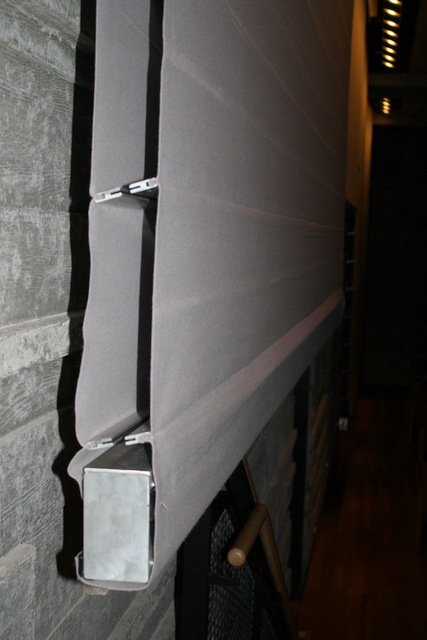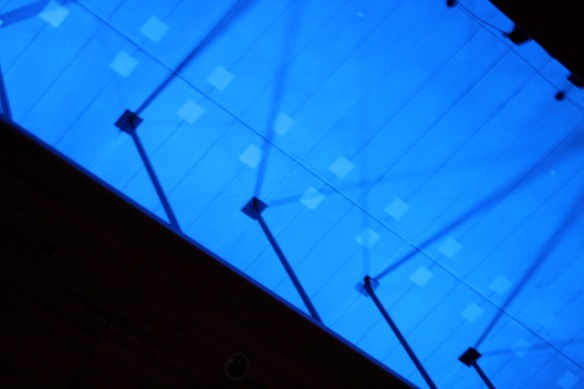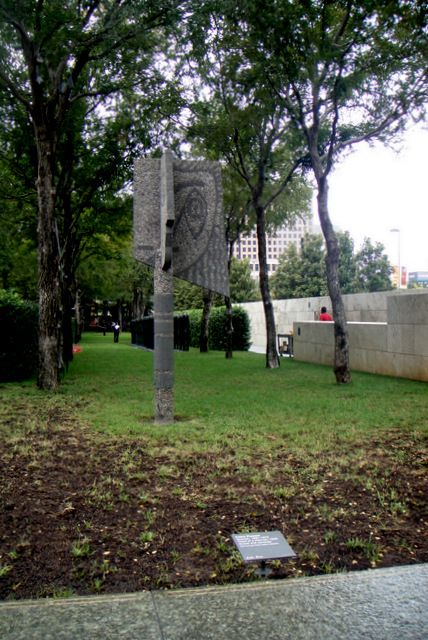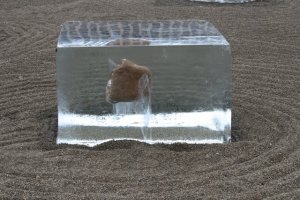Looking back on last week, it reminds me once again that Dallas has matured into an interesting city with both breadth and depth in the arts – enriched by a wonderful community of museums, galleries, philanthropists, developers, educators, artists and overlapping circles of networkers all of whom are open to sharing their talents. Here’s a snapshot….
MONDAY NIGHT – A MOVIE

Monday night was a déjà-vu event for two of my friends who are artists and aficionados of well-done independent or documentary films about artists. Anita Horton recently wrote her weekly blog about the film gatherings she and others organized in the late 1990’s. She really missed these viewings. Coincidentally, another friend Elle Shuster, a jewelry designer and photographer, decided to organize a film group on Monday night. She wanted to see Spike Jonze’s The Fall again, and sent a viewing invitation which I extended (with permission) to Anita. More friends were made – the creative circle expands.
TUESDAY NIGHT – A LECTURE

I’ve had this particular Tuesday Evenings at the Modern on my calendar for months. In case you can’t tell from my previous blogs, I am a big Lucien Freud fan and have been to the Modern many times to see his portraits. Well, last Tuesday several friends and I carpooled over to Fort Worth to hear Martin Gayford, the British critic, writer, curator and subject of painting, “The Man in a Blue Scarf” (see image above).
Gayford traveled 60 miles from his home to Freud’s studio one to three times a week for six months. Freud, being attuned to slight variations in color and a stickler for consistency, required that the same pink shirt, blue scarf and other clothing be worn for each sitting. Gayford owned two blue scarves which looked the same to his eyes; but on arriving at the studio one night, Freud knew the blue was off, and asked if Gayford had worn the wrong scarf. He had.
I whole-heartedly recommend the next talk at the Tuesday Evenings at the Modern where the artist Bruce Nauman, a pioneer in many multi-media disciplines, will speak on November 13th at 7:00 PM. It’s free – get your ticket when the front desk opens at 5 PM.
And, notice the large (you can’t miss it) sculpture at the main entrance. The artist is Brooklyn-based KAWS and the piece is called “Companion (Passing Through).”
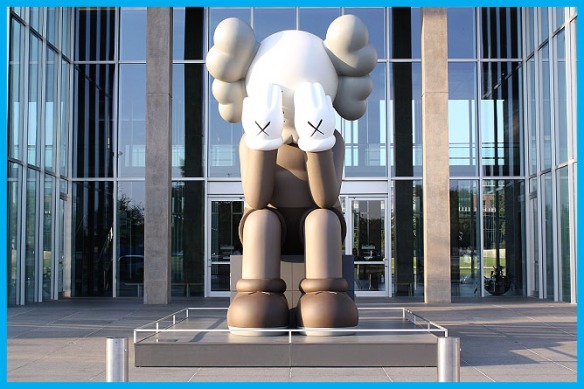
WEDNESDAY NIGHT – ANOTHER MOVIE


The Dallas Center for Architecture (DCFA), located on 1909 Woodall Rodgers near the Northwest corner of the soon-to-be opened Klyde Warren Park, hosted another Wednesday Film Series. Women in the Dirt: Landscape Architects Shaping our World won Best Feature Documentary in the 2011 Columbia Gorge International Film Festival. The paths of seven professional women, who are the grand dames in the field of landscape architecture and trendsetters in California, were traced. After the movie, Greg Brown, DCFA’s energetic Program Director, facilitated an engaging discussion.
THURSDAY NIGHT – NASHER’S AVANT-GARDE SOCIETY PARTY

One of my favorite special interest groups is the Avant-Garde Society (AGS) at the Nasher Sculpture Center. The AGS mission is to provide opportunities to learn more about modern and contemporary sculpture and architecture in a welcoming and informal environment. Thursday was the second year for Art Y’All, the annual members’ party, which has – as the name implies – a Texas two-step, fun vibe. Once again, photographer Steve Wrubel was the entertaining auctioneer, selling three sculptures to raise funds for the AGS and innovative Sightings exhibitions. Curator Jed Morse asked three well-known, local artist couples to collaborate and make a sculpture to be auctioned. Couples from left to right in the image above: A big thank you to Tom Orr and Frances Bagley, Benito Huerta and Janet Chaffee and Terri Thornton and Cam Schoepp for their three pieces of art that warranted the evening’s competitive bidding.
For anyone who wants to join this group, the next event is December 5th at The Mason Bar for the annual Holiday Happy Hour. January 12th is an exclusive tour of the Art Warehouse owned by art collectors Rachofsky and Faulconers. And, on March 2nd, we’ll take a day trip to see collections and studios in the Big Easy City, New Orleans. Click here for membership information.
SATURDAY – A MIXED BAG
I’m a DCFA docent who’s trained in the history and architecture of the Dallas Arts District. On Saturday, I gave a special tour to three visitors from Denver who were a delight and very knowledgeable which is not surprising given the guests were Curtis Fentress, founder of Fentress Architects which won the AIA’s prestigious Thomas Jefferson Award for Public Architecture, the CEO Agatha Kessler and CFO Colin Lewis who had previously worked for the City of Denver and on the growth of their Arts District. Mr. Fentress knew the Wyly Theater well because he was a member on the AIA Jury that conferred the 2011 Institute Honor Awards for Architecture on this innovative theater.
The four of us walked back to the Nasher where they continued with an audio tour; and I had lunch before a lecture in the Nasher’s 360 Speakers Series.

Dr. Catherine Croft, Adjunct Assistant Curator at the Nasher, presented the themes in her recently released book, An Audience of Artists: Dada, Neo-Dada, and the Emergence of Abstract Expressionism. She posed questions: Was Dada a movement or an attitude? Can an artist looking at and responding to another artist’s work create original art?
After Catherine’s presentation, I talked with Karen Weiner, gallery owner of The Reading Room, who had been a panelist at The MAC on Thursday night. Complementary themes were discussed by her panel titled, “The Anxiety of Influence,” a term coined by literary critic Harold Bloom. The panel explored Bloom’s tenet of creativity: Since we are all influenced by something, this phenomena can cause self doubt in a poet (or artist) about the possibility of making any truly original works of art.

“The Anxiety of Influence” was part of “Spin Off: A Series of Panel Discussions” sponsored City of Dallas Office of Cultural Affairs. The MAC (McKinney Avenue Contemporary) | 3120 McKinney Avenue
The last stop before heading home on Saturday afternoon was with Connie Chantilis, mosaic artist and owner of Two Sisters Catering, and her studio which was open to the public as part of the annual White Rock Lake Studio Tour. Her Little Forest Hills’ studio complex sits behind her custom-designed, eco-friendly contemporary home.



Enjoy your week…I’ll be back in two weeks on October 28th.
Meg

